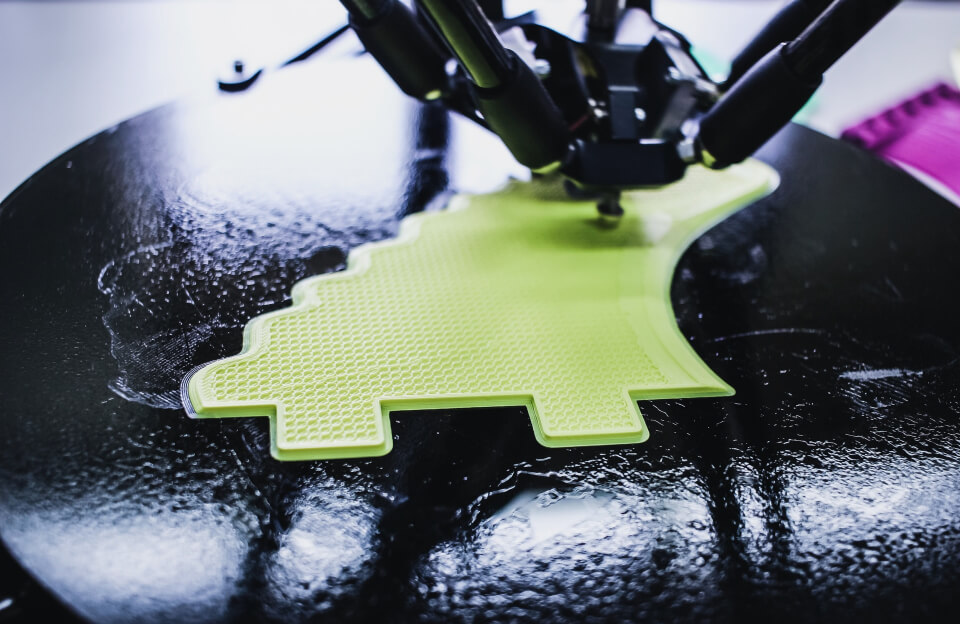Additive manufacturing is moving beyond plastics and metals into the realm of glass, ceramics — and everyday life
Additive manufacturing is moving beyond plastics and metals into the realm of glass, ceramics — and everyday life in East Africa. Below are six fronts where 3‑D‑printing tech is reshaping how the region makes, mends and builds, with simple steps for turning breakthroughs into practical gains.
1 Glass‑on‑Demand Printers
Step 1 Meet the machines
MIT’s G3DP2 and even lower‑temperature systems like Sygnis’ SYGLASS2 are now printing molten glass into LEGO‑style bricks and optical‑grade blocks. MIT Newsfabbaloo.com
Step 2 How it works
Furnaces keep soda‑lime or specialty glass at 1 000 °C; a gravity‑fed or syringe extrusion head lays beads layer by layer, monitored by thermocouples and machine vision for clarity and strength.
Step 3 Why East Africa cares
Custom windowpanes, replacement tumblers or even solar‑lens arrays could be produced locally, sidestepping fragile import chains and cutting lead times from months to hours.
2 Filament From Waste Plastic
Step 1 Track the supply chain
World Bank‑backed pilots in Dar es Salaam turn PET bottles collected by waste pickers into “ethical filament,” boosting their income up to twenty‑fold. World Bank Blogs
Step 2 Tech under the hood
Low‑cost extruders wash, shred and melt PET into 1.75 mm string, cooled through a water bath and laser‑gauged for tolerance before spooling.
Step 3 Local impact
Schools and makerspaces from Arusha to Mombasa print phone cases, drip‑irrigation emitters and spare appliance knobs using filament that began life as street litter.
3 Printers Built From E‑Waste
Step 1 See AB3D in Nairobi
Startup AB3D fabricates robust FDM printers from recycled PC chassis and DVD‑drive stepper motors, selling units for roughly USD 300. IP Unit
Step 2 Inside the build
Steel frames are welded locally; motherboards flash Marlin firmware; harvested stepper drivers keep costs low without sacrificing 100 µm resolution.
Step 3 Serendipity factor
Hospitals print jigs and fixture parts on the same machines whose motors used to spin laptop drives — a circular‑economy win.
4 Medical Parts and Prosthetics
Step 1 Follow Kijenzi 3D’s network
The Kisumu‑based venture has delivered over 10 000 PPE units and prints incubator latches, dialysis‑machine knobs and Victoria Hand prostheses on demand. Business Daily Africa
Step 2 Workflow secrets
Clinicians upload STL files from an Android tablet; cloud slicers queue jobs across clustered Prusa machines; boda‑boda couriers handle last‑mile delivery.
Step 3 Results
Replacement parts that once waited six weeks from Europe now arrive in 48 hours, slashing equipment downtime in county hospitals.
5 Concrete Without the Carbon
Step 1 Scan the skyline
14Trees, a Holcim venture, is printing Kenya’s 52‑unit Mvule Gardens estate and has rolled out Iroko, the first construction printer built in Africa. 14trees.comholcim.com
Step 2 Printing process
A gantry pumps low‑carbon TectorPrint mortar in 5 mm beads, raising a 70 m² shell in 12 hours; material savings hit 50 percent versus blockwork.
Step 3 What it changes
Affordable housing scales and skilled masonry jobs shift from heavy lifting to digital machine control, opening new career paths for Kenyan youth.
6 Maker Education at Scale
Step 1 Enroll or partner
Strathmore University’s @iLabAfrica runs two‑week boot camps on CAD and printer maintenance, feeding talent back into industry. ilabafrica.strathmore.edu
Step 2 Curriculum tech
Courses cover Fusion 360 modeling, Cura slicing, and hands‑on troubleshooting of hot‑end clogs and bed‑level calibration.
Step 3 Ripple effects
Graduates launch side‑hustle print farms, prototype ag‑tech devices, and mentor STEM clubs across 100 Kenyan schools that now recycle PET into classroom filament.
Making the most of East Africa’s 3‑D future
1 Start a micro‑repair lab: one desktop printer, a caliper and recycled filament can knock out hard‑to‑find knobs, clips and even drinking‑glass handles.
2 Join or form a local maker list‑serve to swap STL files for region‑specific parts — think jiko stove grates or irrigation drippers.
3 If you build, build sustainably: concrete printers like Iroko cut cement use; PET filament projects clean up streets.
4 Universities and county FabLabs offer open printer hours; book a slot before buying your own gear.
5 Watch the glass space: once G3DP‑style printers reach market, field service techs may carry a kiln‑hot nozzle instead of a box of spares.
Break a glass today, print one tomorrow — and maybe print the house it sits in before the decade is out.



